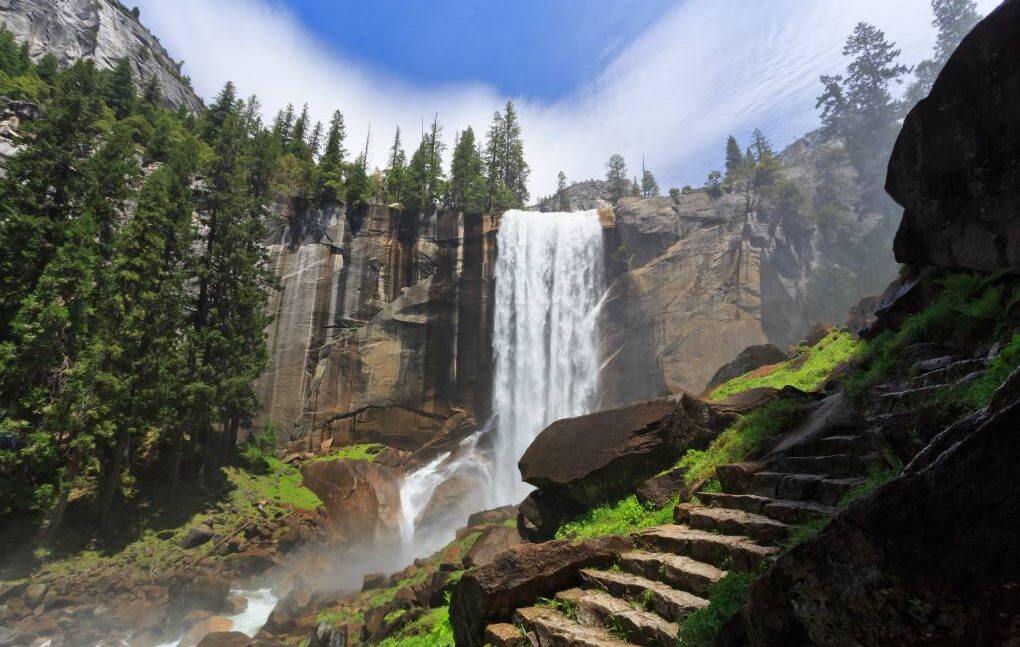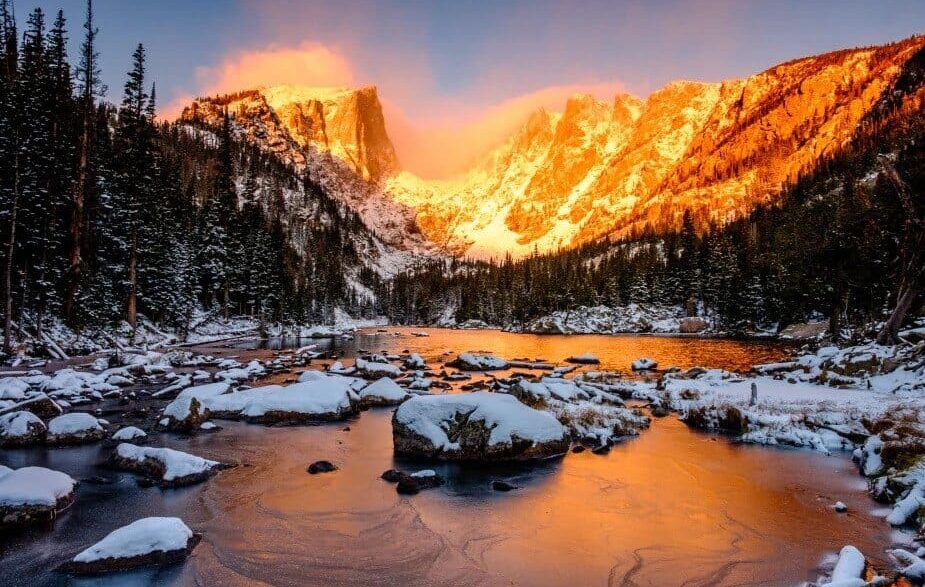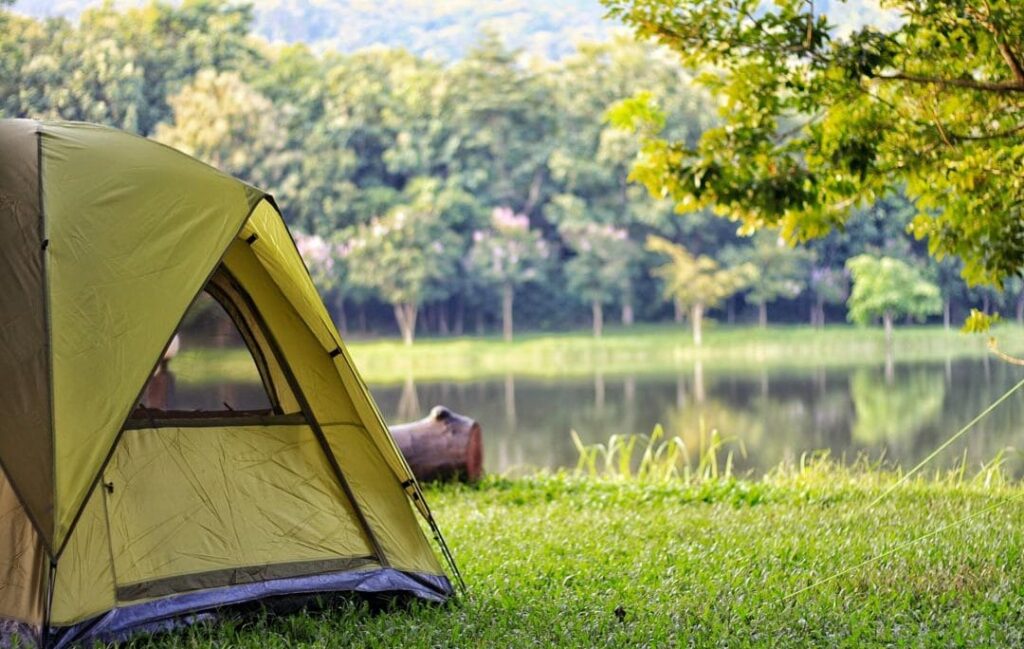Visiting national parks in the USA is one of the most rewarding ways to experience the country’s natural beauty, wildlife diversity, and geological wonders.
From towering mountains and expansive deserts to lush forests and roaring waterfalls, each park offers its own unique character. With over 60 official national parks and hundreds of additional federally protected areas, the United States is a paradise for outdoor lovers, adventure seekers, and nature photographers alike.
However, exploring national parks in the USA requires thoughtful planning and awareness of seasonal changes, park regulations, safety practices, and conservation ethics.
In this comprehensive guide, you’ll discover practical tips for planning your visit, choosing the right time, finding accommodation, and protecting both yourself and the environment.
Let’s dive into how to make the most of your next national park adventure.
National Parks In The USA: Top Destinations To Explore
While all national parks in the USA are worth a visit, some stand out due to their size, biodiversity, and iconic landscapes. Here are a few of the most visited and beloved parks across the country:
Yellowstone National Park (Wyoming, Montana, Idaho):
Famous for its geysers, hot springs, and bison herds, Yellowstone is the first national park ever established in the world. It offers scenic drives, backcountry hikes, and abundant wildlife viewing.
Grand Canyon National Park (Arizona):
Carved over millions of years by the Colorado River, the Grand Canyon is a breathtaking geological wonder. Rim walks, helicopter rides, and rafting trips are among the best ways to experience its grandeur.
Yosemite National Park (California):
Yosemite is renowned for its waterfalls, granite cliffs like El Capitan and Half Dome, and ancient sequoia trees. Photographers, climbers, and campers all flock here year-round.
Zion National Park (Utah):
Home to dramatic red rock canyons and narrow slot gorges, Zion is a haven for hiking and rock climbing. The Angels Landing trail and The Narrows are must-see features.
Acadia National Park (Maine):
Located on the East Coast, Acadia offers rocky coastlines, forested trails, and panoramic summit views. It’s ideal for sunrise hikes and ocean kayaking.
These destinations highlight just a fraction of the diversity within national parks in the USA, and your choice may vary based on location, interests, and travel time.
Best Times To Visit For Each Region And Season
Timing your visit is essential for a smooth experience in national parks in the USA. Each region experiences different weather patterns and crowd levels, and choosing the right season can dramatically improve your trip.
Spring (March–May):
Ideal for desert parks like Joshua Tree, Death Valley, and Big Bend. Temperatures are moderate, wildflowers bloom, and visitor numbers are lower than summer.
Summer (June–August):
A popular time for high-altitude parks like Glacier, Yellowstone, and Yosemite. However, these parks get crowded quickly, so early reservations and sunrise starts are advised.
Autumn (September–November):
Perfect for fall foliage in parks like Shenandoah and Acadia. The weather is mild, and crowds start to thin out, making it great for photography and hiking.
Winter (December–February):
A magical time to visit snow-covered parks like Bryce Canyon or Yellowstone. Some roads may be closed, but winter sports like snowshoeing and cross-country skiing become available.
When planning a trip to national parks in the USA, always check the park’s official website for seasonal alerts, road closures, and event schedules to optimize your timing.
National Parks In The USA: Tips For Planning Your Route
Many visitors underestimate the distances and time involved when traveling between or within national parks in the USA. Proper route planning is key, especially when visiting multiple parks on a road trip.
Research entry points and nearby airports:
Some parks have multiple entrances that can drastically affect driving time. Yellowstone, for example, has five entrances, each connecting to different towns and routes.
Use scenic byways:
Many parks are accessible via America’s scenic highways, such as the Blue Ridge Parkway or Pacific Coast Highway, which add beauty to your journey.
Combine nearby parks:
Some regions allow you to visit several parks in a single trip. For example, the Utah “Mighty Five” (Zion, Bryce Canyon, Capitol Reef, Arches, Canyonlands) are all within driving distance of each other.
Reserve in advance:
Campsites, lodges, and parking passes at popular parks may require bookings months in advance. Apps like Recreation.gov are essential tools for planning.
Include buffer time:
Always account for delays due to weather, wildlife crossings, or road maintenance. Arriving early helps avoid crowds and ensures access to limited spots.
Carefully planned routes enhance your experience and reduce the stress of navigating vast landscapes across national parks in the USA.
Camping And Accommodation Options Inside The Parks
One of the best ways to experience national parks in the USA is by staying overnight within park boundaries. Whether you prefer traditional camping, glamping, or full-service lodges, there are plenty of options to suit different travel styles.
Frontcountry camping:
Most parks have developed campgrounds with amenities like restrooms, fire pits, and potable water. These are family-friendly and often located near key trailheads or visitor centers.
Backcountry camping:
For a more rugged experience, consider applying for a backcountry permit. This allows you to camp in remote areas away from crowds, offering solitude and immersive nature.
Park lodges and cabins:
Many larger parks, like Yosemite or Grand Canyon, offer historic lodges or cabins. These often require early booking, especially in peak seasons.
RV and trailer camping:
Several campgrounds are equipped with electric hookups, dump stations, and spacious parking for recreational vehicles. Check each park’s regulations before arriving.
Nearby towns and gateway communities:
If you prefer more comfort or the campgrounds are full, nearby towns typically offer hotels, motels, and Airbnb-style rentals. Towns like Springdale (Zion) or West Yellowstone are popular options.
Whether you’re camping under the stars or sleeping in a cozy lodge, choosing the right accommodation enhances your stay in national parks in the USA.
National Parks In The USA: Safety And Conservation Guidelines
Spending time in national parks in the USA comes with both privilege and responsibility. To protect yourself and preserve the environment for future generations, it’s important to follow basic safety and conservation practices.
Wildlife safety:
Do not approach or feed wild animals. Maintain safe distances, especially from bears, bison, or elk. Use bear-proof food containers when camping in affected zones.
Trail etiquette:
Stay on designated trails to prevent erosion and protect fragile vegetation. Yield to uphill hikers and keep noise levels low to respect nature and other visitors.
Leave No Trace principles:
Pack out all trash, minimize campfire impact, and avoid picking plants or disturbing natural features. These principles are foundational to conservation.
Hydration and sun protection:
Carry enough water, especially in hot or high-altitude parks. Wear sunscreen, a hat, and appropriate layers based on changing weather conditions.
Emergency preparedness:
Cell phone reception is often unreliable. Carry paper maps, a first-aid kit, and let someone know your itinerary before venturing into remote areas.
Respect cultural heritage sites:
Many parks contain Native American petroglyphs, historical buildings, or sacred grounds. Observe them from a distance and never remove or touch artifacts.
By observing these guidelines, you help ensure that national parks in the USA remain safe, accessible, and beautiful for generations to come.
See you in the next post,
Anil UZUN


